VMware NSX Logical Routing
In this post we will discuss the current challenges with data center routing and the evolution of router placement.



Current Challenges in Data Center Routing
Current data centers are an agglomeration of several generations of networking and security products. Today's data center networking team faces significant challenges:
- Manual, complex provisioning of hardware devices and agents
- Limited placement, mobility, and efficiency due to silos
- VLAN sprawl, firewall rule sprawl, and static IP inflexibility
- Several networking and security blind spots
- Performance choke points due to traffic hairpinning
- Lack of seamless, instant integration with cloud management platforms and applications
Evolution of Data Center Router Placement
Network Traffic flow between VMs in a single ESXi Host
NSX provides distributed logical L3 routing capabilities for the virtual network subnets at the hypervisor kernel:
- Each hypervisor provides the L3 default gateways, ARP resolver, and first routing hop for it's hosted virtual machines.
- The result is the most efficient forwarding possible for east-west application traffic on any existing L2 fabric design.
Network Traffic flow between VMs in two different ESXi Hosts
NSX spans multiple ESXi hosts, acting as one DLR at the edge:
- Each hypervisor provides high-performance routing only for it's hosted VMs in the kernel I/O path, without affecting the system CPU.
- L3 traffic between VMs travels directly from source to destination hosts inside the network fabric which is the most efficient path possible.
See the traffic flow in NSX environment with DLR here
Learn more about VMware NSX here

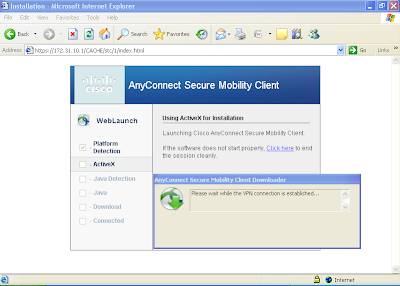
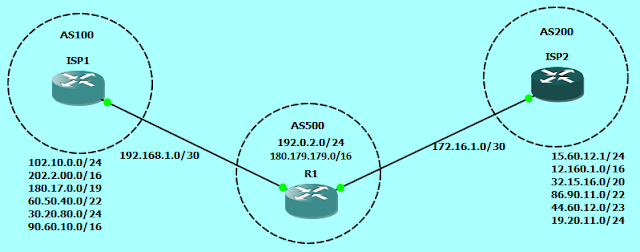
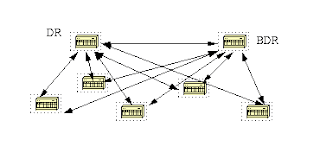


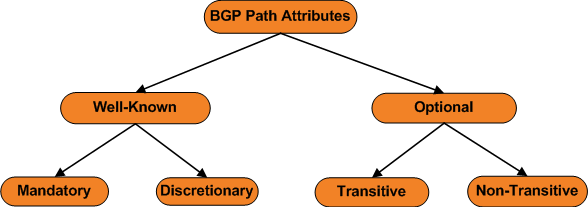
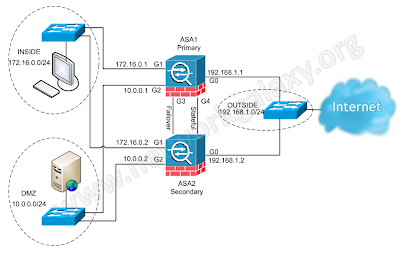
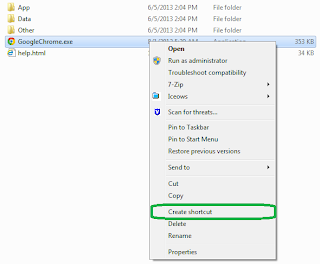
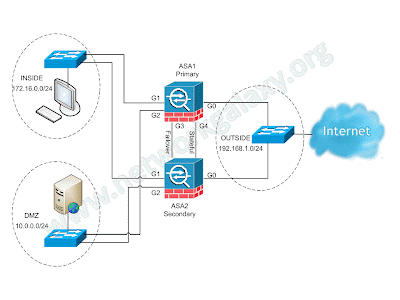
This comment has been removed by a blog administrator.
ReplyDelete